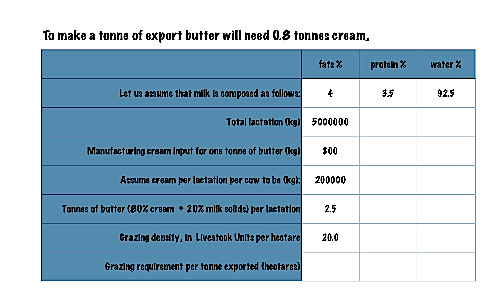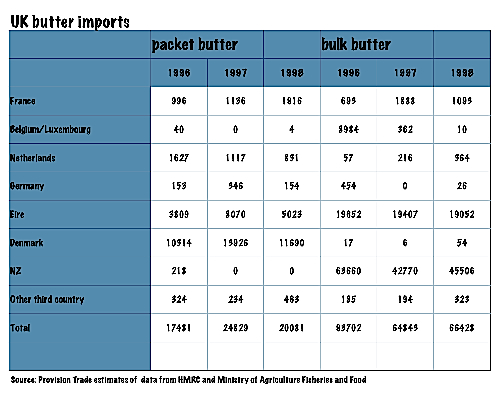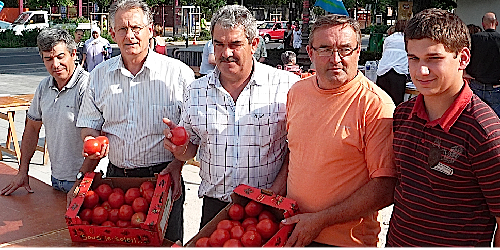Across this website, readers will have seen posts such as butter by numbers or cheese by numbers. The purpose is not spelt out in these posts, so here is the thinking behind the “by numbers” coverage.
First, most of the figures cited go back to the end of the 20th century and are volume measurements. The choice of tonnages over the more usual measurement of currency is intended to give an idea of the additional capacity that imports generate for their economies.
In its simplest terms, importing food occupies production capacity the exporting country cannot use for the local economy. For countries like New Zealand, rural populations are so sparse and urban populations are so far apart that this is not a problem.
Market gardeners close to urban centres in countries such as Kenya, on the other hand, can find themselves left with crops of green beans for which they have no local outlet. Having promised to grow premium vegetables for affluent industrial economies, there is no wriggle room for producers if retail customers change their minds.
By looking at tonnages, it becomes possible to calculate the agricultural resources that are occupied by export production.
The use of data going back to the late 1990s is a reflection of the fact that multiple retailers invested heavily in electronic point of sale and data management for food sales during the early 1990s. The later years of the 1990s mark the moment that the results started to become visible.


















